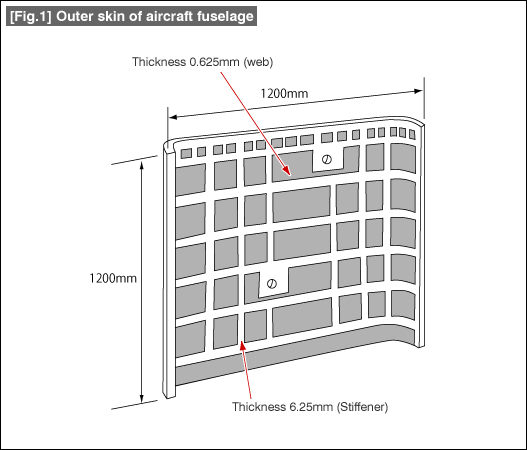- Joined
- 25 June 2014
- Messages
- 1,564
- Reaction score
- 1,453
The Vickers VC.1 Viking began life as the Wellington Transport Aircraft, under Air Ministry Specification 17/44 (according to Wikipedia). The idea was to keep the wing and undercarriage of the good old "Wimpy" but to develop a new fuselage.
I just found this on t'interweb thingy: "the postwar Vickers Viking airliner was designed with geodetic structure (covered in glass fibre reinforced fabric) then redesigned conventionally to be more saleable" Is there any truth in this? If so, would the change have been made before or after 17/44 was issued?
I just found this on t'interweb thingy: "the postwar Vickers Viking airliner was designed with geodetic structure (covered in glass fibre reinforced fabric) then redesigned conventionally to be more saleable" Is there any truth in this? If so, would the change have been made before or after 17/44 was issued?



